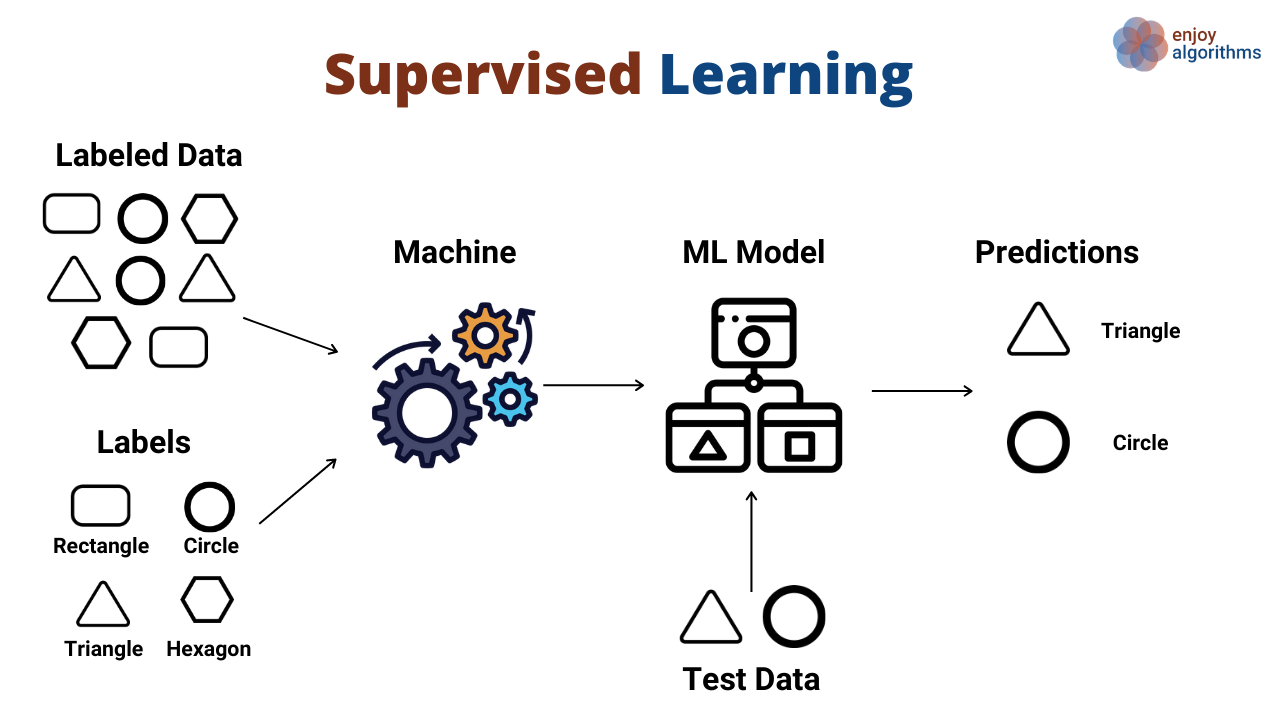In the world of tech, machine learning has become increasingly important as companies seek to leverage data to make better business decisions. Machine learning algorithms are at the core of this process, helping computers learn from data to make predictions and decisions without being explicitly programmed. There are two main types of machine learning algorithms: supervised and unsupervised. In this article, we will delve into the differences between these two types and how they are used in the tech industry.
Supervised Learning
Supervised learning is a type of machine learning where the model is trained on a labeled dataset. This means that the dataset includes both input data and the corresponding output label, which serves as the “answer” that the model is trying to predict. The goal of supervised learning is to learn a function that maps input data to the correct output label.
Supervised learning algorithms are widely used in a variety of applications, such as image recognition, speech recognition, and natural language processing. Some popular supervised learning algorithms include linear regression, logistic regression, support vector machines, and decision trees.
How Supervised Learning Works
When training a supervised learning model, the algorithm is fed input data along with the corresponding output labels. The algorithm then learns the patterns in the data and creates a model that can predict the output labels for new, unseen data. The model is evaluated based on its performance on a separate test dataset, and adjustments are made to improve accuracy.
Unsupervised Learning
Unsupervised learning, on the other hand, is a type of machine learning where the model is trained on an unlabeled dataset. This means that the data does not have any predefined labels or categories, and the algorithm must discover the inherent structure in the data on its own.
Unsupervised learning algorithms are used in clustering, dimensionality reduction, and anomaly detection. Some popular unsupervised learning algorithms include K-means clustering, hierarchical clustering, principal component analysis, and autoencoders.
How Unsupervised Learning Works
In unsupervised learning, the algorithm analyzes the data and identifies patterns or relationships between data points without any guidance. This can help uncover hidden structures in the data that may not be immediately apparent. Unsupervised learning is particularly useful in exploratory data analysis and uncovering insights from large datasets.
Applications of Machine Learning Algorithms
Machine learning algorithms are being used in a wide range of applications across various industries. In the tech sector, these algorithms are used for recommendation systems, fraud detection, predictive maintenance, and personalized marketing. By leveraging machine learning, companies can gain valuable insights from their data and make data-driven decisions that lead to improved outcomes.
As the field of machine learning continues to evolve, understanding the differences between supervised and unsupervised learning algorithms is crucial for building effective models and making informed decisions. By incorporating these algorithms into their workflows, tech companies can stay ahead of the curve and unlock the full potential of their data.
Overall, machine learning algorithms play a vital role in the tech industry, driving innovation and creating new opportunities for businesses to thrive. By understanding the principles behind these algorithms and how they are used, tech professionals can harness the power of data to solve complex problems and drive success in a rapidly changing world.


